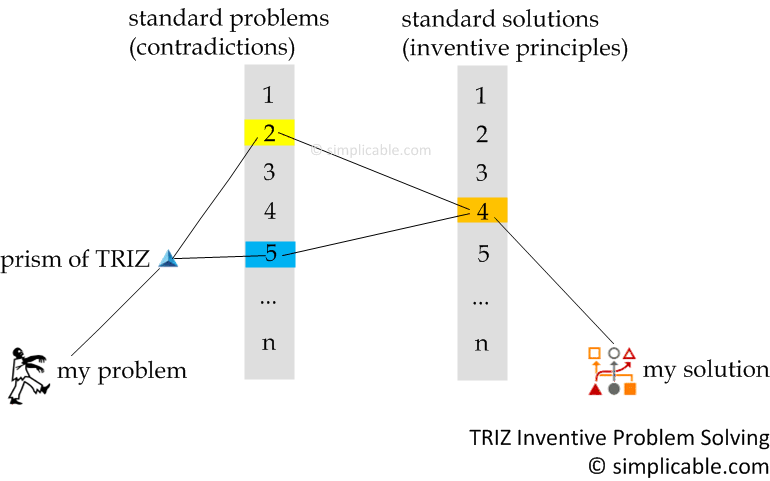Inspiration vs Perspiration (Flash of Genius versus The Repeatable Innovation Process)
posted by Anna Mar, September 19, 2011Genius is 1% inspiration and 99% perspiration!
~ Thomas Edison
Does innovation come in a flash of genius (Aha! moments) — or are there repeatable patterns of innovation?
Flash of Genius
When you are courting a nice girl an hour seems like a second. When you sit on a red-hot cinder a second seems like an hour. That's relativity.~ Albert Einstein
Einstein discovered the theory of relativity in a flash of genius that redefined the fundamental laws of time and space. It all started like this: Einstein commuted to his job at the Bern patent office on a street car. Each day he passed the Zytglogge clock tower.

One day, Einstein suddenly realized that if the street car was travelling at the speed of light and a passenger looked back — the time on the tower would appear to be stopped. However, the passenger's watch would keep ticking away. In other words, time is not uniform and absolute: it depends on speed.
Flash of Genius Test
Flash of genius is a commonly reported phenomena amongst successful innovators. A problem may take hours, days or years to solve — but the answer comes very quickly (in a creative burst).The flash of genius concept is so well accepted that it has become enshrined in patent laws. From 1941-1952 US Patent law required a flash of genius test for all patents:
The new device, however useful it may be, must reveal the flash of creative genius, not merely the skill of the calling. If it fails, it has not established its right to a private grant on the public domain.
The flash of genius test was replaced with a similar concept in 1952: non-obviousness. European patent laws use the concept of inventive step. The general idea of all three concepts is that patents can't be obvious. In other words, patents need to be innovative.
A Process for Innovation
Innovation is not the product of logical thought, although the result is tied to logical structure.~ Albert Einstein
There have been many attempts to systemize the innovative process. After all, if you could develop a system — you could consistently churn out innovations. The most developed system of innovation sprang out of communist Russia in the late 1940s (TRIZ).
TRIZ is a problem solving methodology developed by Russian engineer Genrich Altshuller (shortly before he was imprisoned for 25 years in 1950 by Stalin). It is based on the idea that there are patterns of inventive thinking.
TRIZ is the product of a large scale study of global patent literature. It is widely used by research labs, product development teams and engineers. It is based on the idea that there are patterns of problems (contradictions) and solutions (inventive patterns).

By breaking a problem down into known contradictions corresponding to known inventive patterns — you can theoretically solve the problem in a systematic fashion.
Survey

|
Business risk is the chance of losses and negative consequences that result from business strategy and operations. |
Recently on Simplicable

| Arbitrage Explainedposted by Anna MarThe idea with arbitrage is to buy and sell very quickly to take advantage of temporary price differences. |

| Precommitment As A Strategyposted by Anna MarA risky strategy that comes up more than you'd expect. Burning your bridges is a military strategy that demonstrates your resolve to your opponent ... |



























